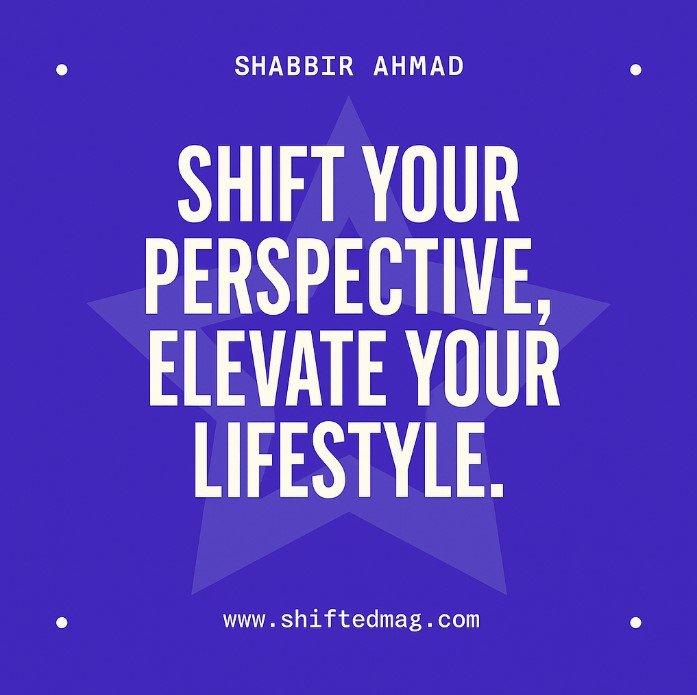Digital Marketing
How Brands Win in Crowded and Controlled Spaces

The world of marketing can be strict at times, with some industries requiring extra creativity for the right marketing campaign. Industries like Cannabidiol (CBD) and pharmaceuticals aren’t just competing for attention; they’re boxed in by restrictions that make traditional marketing almost impossible.
Sometimes, Google Ads are not allowed, and Facebook can seem risky. Even SEO can trigger compliance flags if you’re not careful. Yet, these businesses still grow and succeed. How? It’s a strategy, understanding the limits, and finding creative ways to work around them.
Marketing Without the Obvious Tools
If you’re in a restricted industry, you already know you can’t just run ads and hope for the best. Compliance rules make the usual marketing playbook a risky choice. But there are other ways to reach your audience, the ones that feel organic and build real trust.
Influencer marketing is one of the most effective options in this scenario, and it includes not just big celebrity influencers but also micro-influencers with tight-knit, loyal followings.
For example, an online casino might partner with a Twitch streamer who plays slot machine games, not to shout “sign up now,” but to casually discuss strategy or explain how certain games work. It feels natural and relatable, and most importantly, it stays within legal bounds.
Content marketing is another powerful approach. Think of articles, videos, and podcasts that are not focused on selling but on educating or entertaining. A CBD brand might publish wellness guides or host a podcast on chronic pain management.
An online casino platform could post about the psychology of risk or create a video series exploring game mechanics. Content like this builds trust and positions any top casino online platform as a credible voice in the space.
Affiliate marketing also plays a major role. Bloggers, YouTubers, and community leaders can include product mentions naturally in their content. Their audience trusts them, and if it’s done authentically, it feels more like a recommendation than an advertisement.
Turning New Customers into Loyal Ones
Some markets are completely saturated. Skincare subscriptions, fintech apps, meal kits, all of these brands seem to offer the same value. So, how do you make customers stick around?
Forget relying on discounts. They might attract new users, but they don’t build loyalty. Instead, aim for hyper-personalization—that means using any form of customer data to create meaningful and tailored experiences. If someone always buys vegan items, don’t suggest meat recipes. If a user works out at night, don’t push 6 a.m. classes.
In reality, simple gestures go a long way. Birthday emails, personalized product suggestions, and relevant content can make a customer feel seen.
Building a solid community is just as important. Brands like Glossier turned customers into ambassadors by including them in product development and spotlighting them on social media. When people feel like they’re part of a tribe, they stay loyal. Also, it provides value beyond the product itself.
A subscription box might include access to live workshops, training programs, tips, and strategies or exclusive discounts with partner brands. A fintech app might offer financial planning tools or educational webinars. These extra touches turn a purchase into an experience.
Grow and Keep Talent
High turnover rates are impacting hospitality, retail, and gig work industries, not just tech companies. It’s rarely just about the money. Employees leave because they feel undervalued, exhausted, or stuck in roles with no future.
Culture makes the biggest difference. Companies like Shopify prioritize mental health days, flexible hours, and open communication. These changes may seem small, but they foster loyalty and reduce burnout.
Growth opportunities matter, too. Amazon’s “Career Choice” program pays 95 percent of tuition for employees who are interested in studying in fields like healthcare or IT. These employees might leave eventually, but they’re more engaged and committed while they’re there.
Empowering autonomy also improves retention. Giving employees control over their schedules, the ability to share feedback, or the chance to lead small projects can transform how they feel about their work. A retail worker who gets to design a store display feels pride. A delivery driver who plans their own route feels trusted. It’s not just about big rewards but respect.
-

 Social Media2 months ago
Social Media2 months agoWhat the “67” TikTok Meme Really Means
-

 Tech2 months ago
Tech2 months agoWhat To Do When Your Business Faces Network Vulnerabilities
-

 Self Improvement2 months ago
Self Improvement2 months agoUsing BCBS Rehab to Access Quality Addiction Care
-

 Games2 months ago
Games2 months agoPusoy Strategies for Play That Also Work in Pusoy Dos in English






